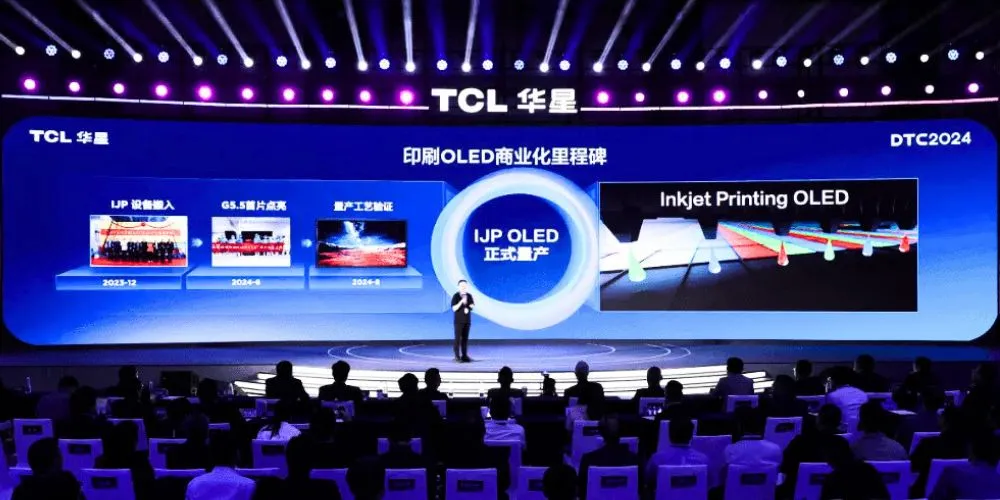Key Points
- TCL starts mass-producing inkjet-printed OLED panels, beginning with a 21.6-inch 4K display for medical applications.
- IJP technology reduces production waste, costs 20% less, and speeds up manufacturing by 30%. IJP OLEDs improve light output efficiency by 50%.
- Lower production costs could lead to more affordable OLED TVs with longer lifespans. Scaling IJP technology to larger TV panels remains a hurdle.
- Current IJP panels offer 204 PPI density and 99% DCI-P3 color coverage, ensuring high image quality.
TCL has officially entered the mass-production phase of inkjet-printed (IJP) OLED panels, a technology the Chinese panel maker has been perfecting for over a decade. This innovation could reshape how OLED screens are manufactured, offering benefits like lower production costs, reduced waste, and improved panel efficiency.
The first mass-produced IJP OLED panel is a 21.6-inch 4K display designed for professional medical use rather than consumer electronics. TCL has also revealed a prototype of a 27-inch OLED panel for monitors, adding to its lineup of prototypes, including a folding 65-inch OLED TV showcased at Display Week in Los Angeles last year.
Traditional OLED panels are manufactured using an evaporation process, in which organic materials are deposited on glass substrates through stencils in vacuum chambers. While effective, this method produces considerable material waste and higher production costs.
In contrast, the IJP method employs large printers to deposit organic materials precisely, significantly reducing waste and cutting costs by approximately 20%. Furthermore, TCL claims IJP panels can be produced 30% faster than conventional OLEDs and have a longer lifespan. The technology also minimizes internal light reflection, improving light output efficiency by 50%.
While these benefits enhance durability and efficiency, the current IJP OLED panels are not yet brighter than their traditional counterparts. The 21.6-inch display in production offers a maximum brightness of 350 nits, far below the 1,000+ nits achieved by OLED panels from competitors like LG and Samsung.
The most significant consumer benefit of IJP OLED panels is their potential to reduce costs. By lowering production expenses and improving energy efficiency, TCL’s technology could make OLED TVs more affordable while offering a longer lifespan.
However, challenges remain in scaling the technology for larger panels commonly used in TVs, such as 55-inch and 65-inch displays. While TCL has demonstrated larger prototypes, further development is needed before mass production of larger IJP OLED panels becomes feasible. Despite these limitations, TCL’s current IJP OLED panels boast impressive specifications, including a 204 PPI density and 99% coverage of the DCI-P3 color space, making them competitive in image quality.










